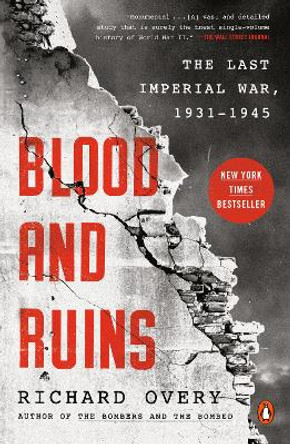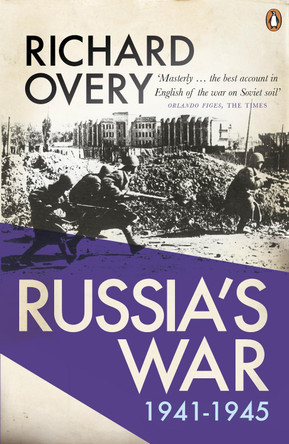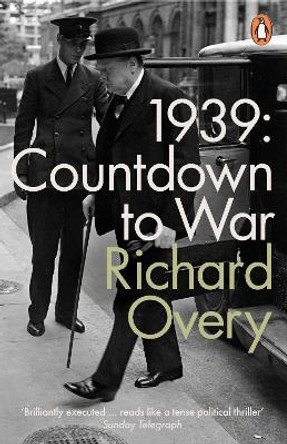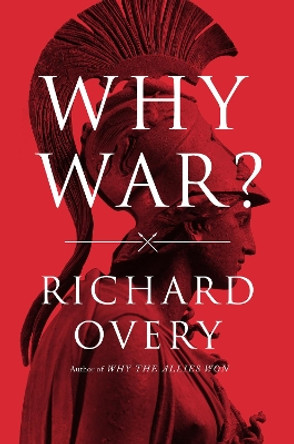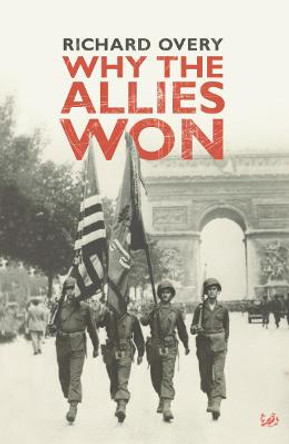Description
‘Enemy cities were pulverized or fried to a crisp. It was something they asked for and something they got.’
In the closing months of the Second World War hundreds of thousands of Japanese, mostly civilians, died in a final outburst of violence from the air. American planes were beginning to run low on plausible targets when it was decided to use two atomic weapons in a final, terrible flourish to try to end the war. What place the firebombing and atomic bombs have in explaining Japan’s surrender has remained a hot area of debate ever since.
Richard Overy’s remarkable new book rethinks how we should regard this last stage of the war and the role of the bombs. The popular view that bombing worked in this case has now to be set in a broader context of what was happening in Japan in the months before surrender. The easy equation ‘bombing equals surrender’ is no longer viable. This book explores the way in which the willingness to kill civilians and destroy cities became normalized in the course of a horrific war as moral concerns were blunted and scientists, airmen, and politicians endorsed a strategy of mass destruction they would never have endorsed before the war began, But it also engages with the new scholarship that shows how complex the effort to end the war was in Japan, where ‘surrender’ was entirely foreign to Japanese culture. This book puts together firebombing, atomic bombing, and the Japanese search for an end to the war into a single, striking narrative.
Book Information
ISBN 9780241700693
Author Richard Overy
Format Hardback
Page Count 208
Imprint Allen Lane
Publisher Penguin Books Ltd




